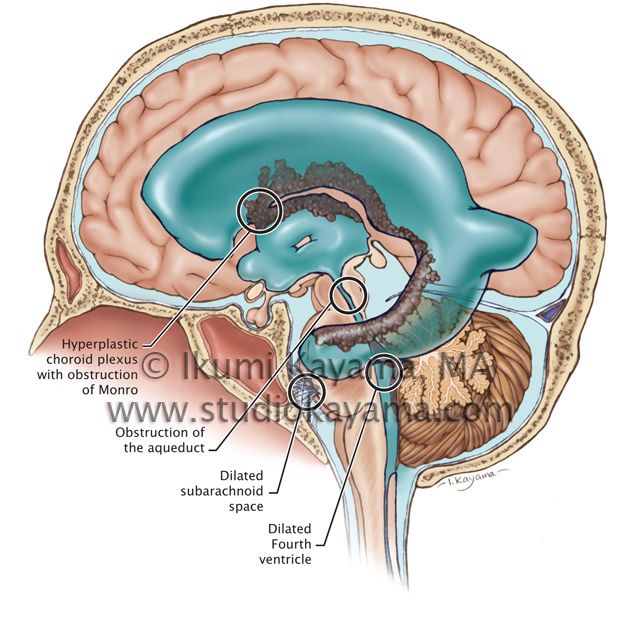The human brain is an amazing organ. President Obama plans to map it!
Back in January 2013, President Obama unveiled a new scientific initiative to study the human brain. The BRAIN (Brain Research through Advancing Innovative Neurotechnologies) -nice work acronym makers!- is to be part of the 2014 budget for $100 million dollars.
Dr. Francis Collins, the director of National Institute of Health (NIH) explained, “Investing in biomedical research is one of the wisest choices we can make as a nation”. The project is to develop new technology to uncover secrets of neural functions. By having a tight focus, the project will eventually save money through the new technology developed through this initiative.
The brain is a 3 pound organ made of cells called neurons (and other cells but we’ll talk about neurons for now). There are about 100 billion neurons in a human brain and each neuron has about 10,000 connections or synapses. Do those numbers make your brain hurt yet?[bra_divider height=’40’]
Let’s take a look:
Human Brain Illustration lateral view
The brain is composed of cerebrum, cerebellum, and brainstem. There are two hemispheres to the cerebrum. Each hemisphere is divided into lobes that are named after the bones of the skull: Frontal, parietal, occipital, and temporal.
[bra_divider height=’40’]If you cut the brain parallel to your face, you get a coronal section that looks kind of like this:
Human Brain Illustration Coronal Section
The outer part of the brain is called grey matter (because it looks grey) and the inner part is called white matter (because it looks white. Yay we’re visual people!). The grey matter is composed mainly by nerve cells or neurons. The white matter is made of nerve cell processes.
Now let’s jump in and see what the brain and the nervous system is made of:
[bra_divider height=’40’]
Neuron Illustration (Nerve cells)
To stay alive and to function properly, the entire body needs to work together as a team. The main function of the nervous system is to send signals from one cell to the next so the cells “talk” to each other and act in a controlled fashion.
Neurons are responsible for transmitting signals from one cell to the next. Here’s a “basic” neuron found in the spinal cord.
The information (electric signal) first reaches the neuron via synapses on the dendrites. Dendrites are named after tree branches, since that’s what they look like. The electric signals then enter the cell body, or soma. On the opposite side from the dendrites is the axon hillock where the axon starts. Axon is the structure that takes signal away from the cell body. At the end of the axon, there are terminal buttons where they link to dendrites of another neuron or a skeletal muscle.
Neurons come in different shapes. These “pyramidal neurons” are found in the cerebral cortex and the amygdala:
[bra_divider height=’40’]
Why we should study the human brain
Once we get a better understanding of how the brain works, we can then study the human brain in more detail: We want to know how we reason, how we learn, how we move, how our emotions work. As we study the neuron, we may make new discoveries on diseases that affect the neuron like Alzheimer’s disease, autism, strokes, traumatic brain injuries, and PTSD.
We have learned few things about Alzheimer’s, but the disease is still shrouded in mystery.
[bra_divider height=’40’]We know some of what’s happening in the brain when a person suffers a stroke, but there’s more to understand so we can better prevent it and treat it.
[bra_divider height=’40’]Besides the brain and the neurons, other parts of the brain can become diseased: Here we see that the ventricles of the brain gets enlarged in a condition called “hydrocephalus”
[bra_divider height=’40’]This is one of the way to treat hydrocephalus: to make a hole in the bottom of the brain to let the cerebral spinal fluid flow out of the enlarged ventricles.
I’m very curious to see what new discoveries will be made in the next few years. I’m sure new technologies will be developed to observe the brain. Maybe I’ll get to illustrate some as well!
So what do you think of the brain mapping project? Is 100 million dollars enough? Will this be the new “human genome project” or the “race to the moon?”
PS: If you wish to use the images on this blog post, contact us.
Sources and further reading:
Saladin, Kenneth S. “Anatomy & Physiology: The unity of form and function” McGraw Hill, Boston: 2004
Woodburne, Russell T. “Essentials of Human Anatomy.” Oxford University Press; NY: 1988










